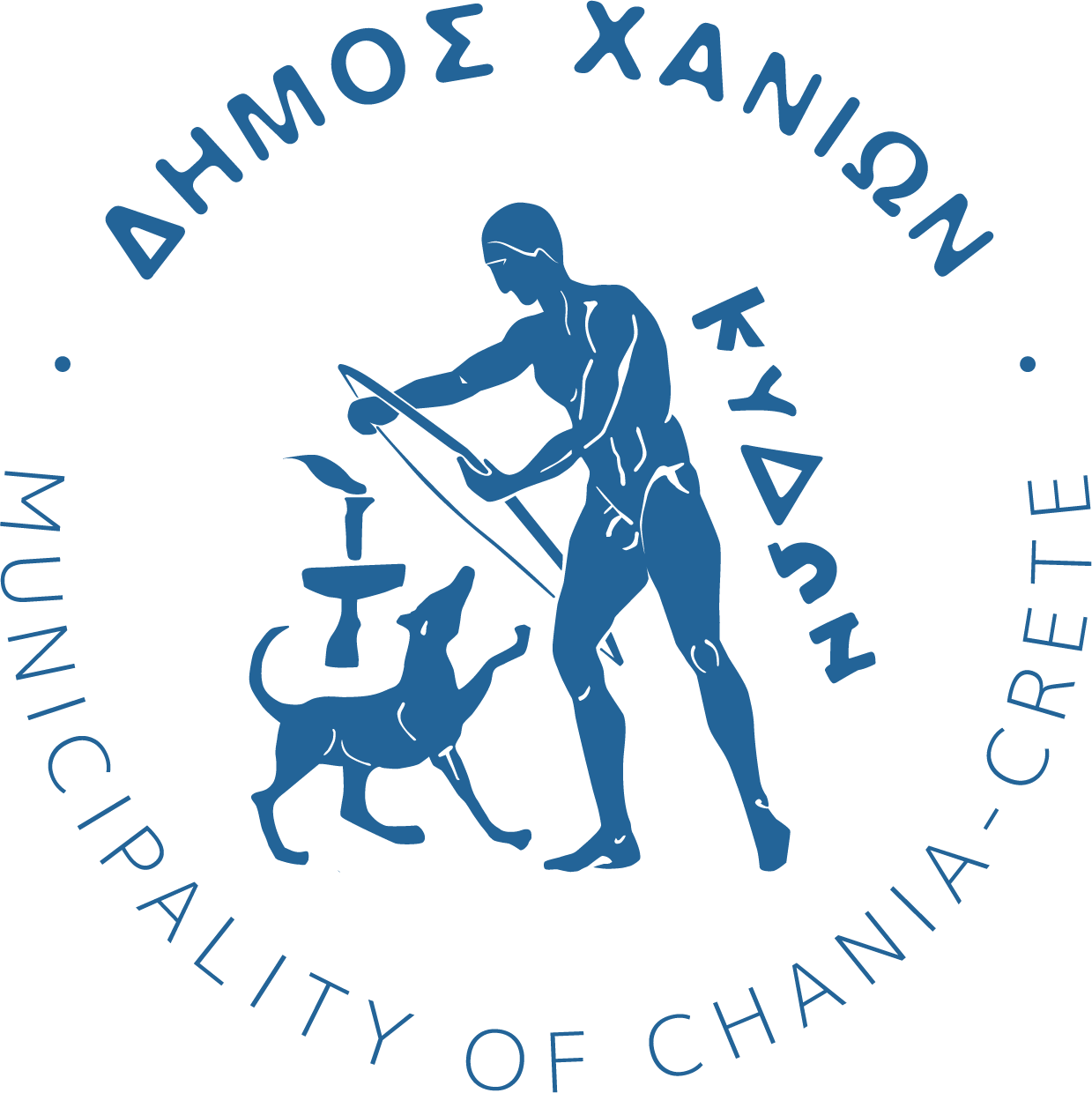Large family rock-hewn tomb discovered in “Em. Mathioulaki” excavation in 1981 It belongs to the Hellenistic cemetery of Kydonia (end of 4th – mid 3rd century B.C.) and it is underground. A long road (length 5.80 m and 1.00 m wide) with 15 steps leads to the entrance of the tomb. The tomb consists of a rectangular chamber with a vaulted ceiling surrounded by nine burial chambers with doors, four on each side and one in the chamber’s end. On the top of each door were written in charcoal or were engraved inscriptions with the names of the dead.
In total, 15 dead with Cretan names were buried there, five men, seven women and three children. The dead were buried with personal staff in accordance with the burial customs of the time, such as lamps, pottery, alabaster, mirrors gold jewelry, toys, etc. The tomb reveals the relationship of the city with the Hellenistic Alexandria. Corresponding tombs have been found in the necropolis of Fayoum and Bead. The presence of several graves of that shape is related Kydonia and may indicate the existence of a particular social class who had close relations with Alexandria of the Ptolemies.




